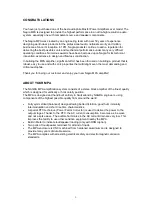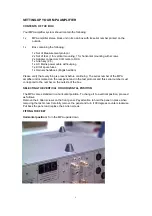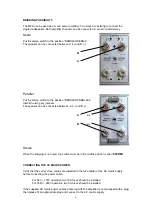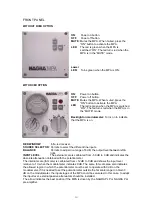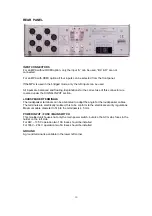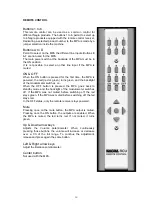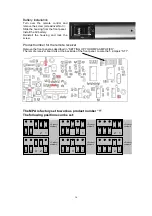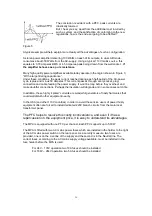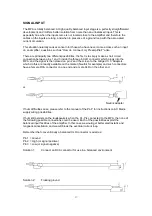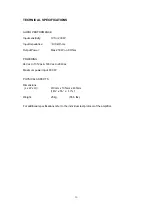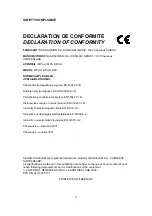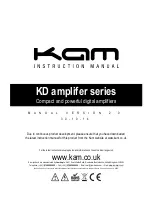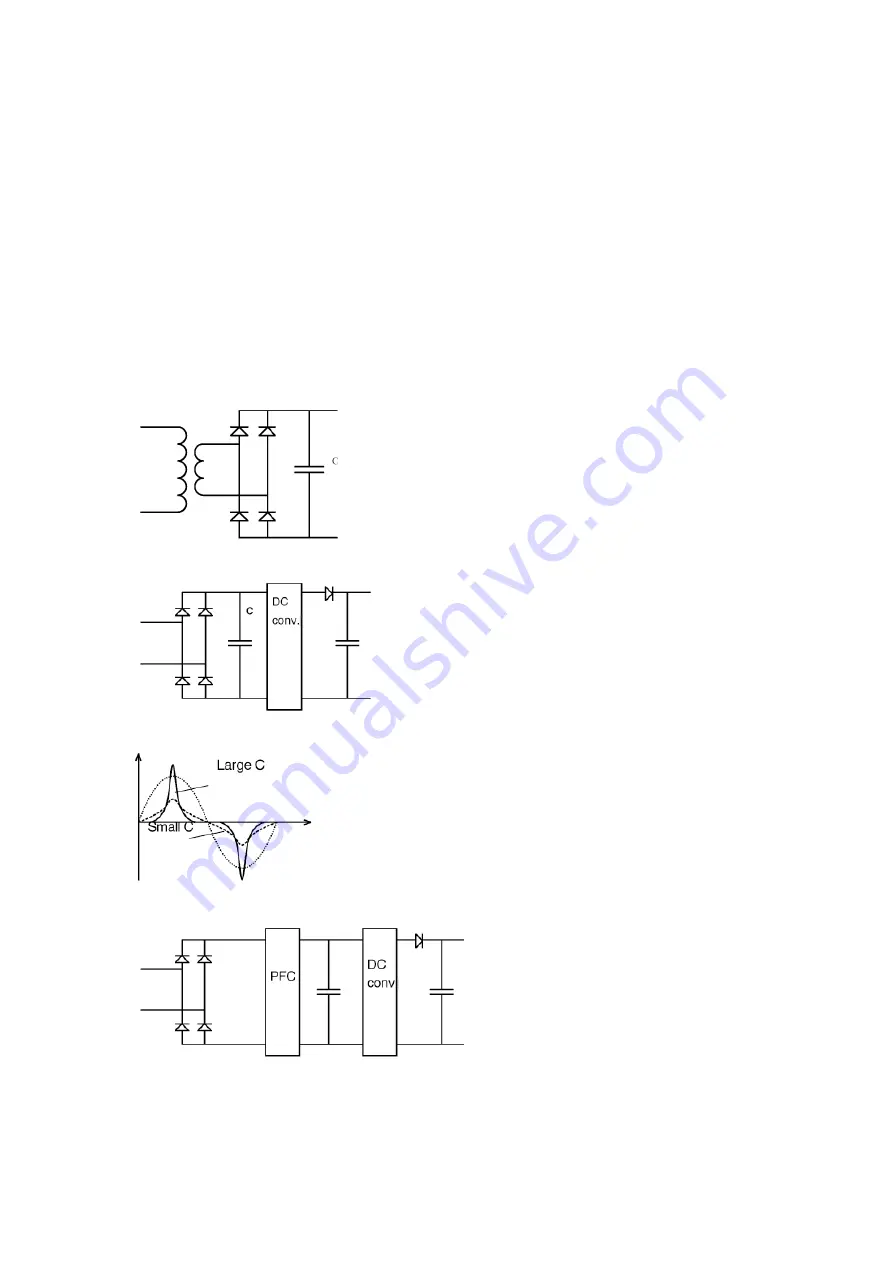
15
POWER SUPPLY
Starting from the 1
st
of January 2000, all equipment connected to public AC mains power
networks and incapable of drawing less than 40 W, MUST be equipped with the
aforementioned mysterious PFC.
Well, our “new-born” is very power thirsty; in fact he needs no less than 800 Watts in order to
express himself with full thrust!
The PFC (Power Factor Corrector) is an indispensable accessory allowing all electrical
equipment to behave, with respect to the AC-power network, as a pure resistance and hence
draw a purely sinusoidal current.
What actually happens in a piece of modern equipment, such as an amplifier or a PC? Two
cases are possible, both of which will cause the same problem.
In the first case, figure 1 shows a pre-historic way of
obtaining the constant voltage needed to power a piece of
electronic equipment: The AC-mains feed a power
transformer; a diode bridge rectifies the voltage of the
secondary, which is then filtered by a capacitor, which gets
larger as the quality of the equipment’s circuits increases.
Figure 1
The more modern preferable way to obtain a continuous
voltage is first to rectify the AC-supply directly, and then
to filter it. From this point a DC/DC converter is used to
bring the voltage to the required stable level with a
minimum of loss. (Fig2.)
Figure 2
Both of the above methods have the inconvenience of drawing a
current that is heavily pulsed, with current peaks increasing
dramatically, as the necessary filter capacitance becomes larger.
(fig 3)
Figure 3
Referring first to figure 4, if we now install
a PFC, a kind of highly specialised
DC/DC converter dedicated for the
purpose, the current consumed will be
sinusoidal as shown in figure 5.
Figure 4





